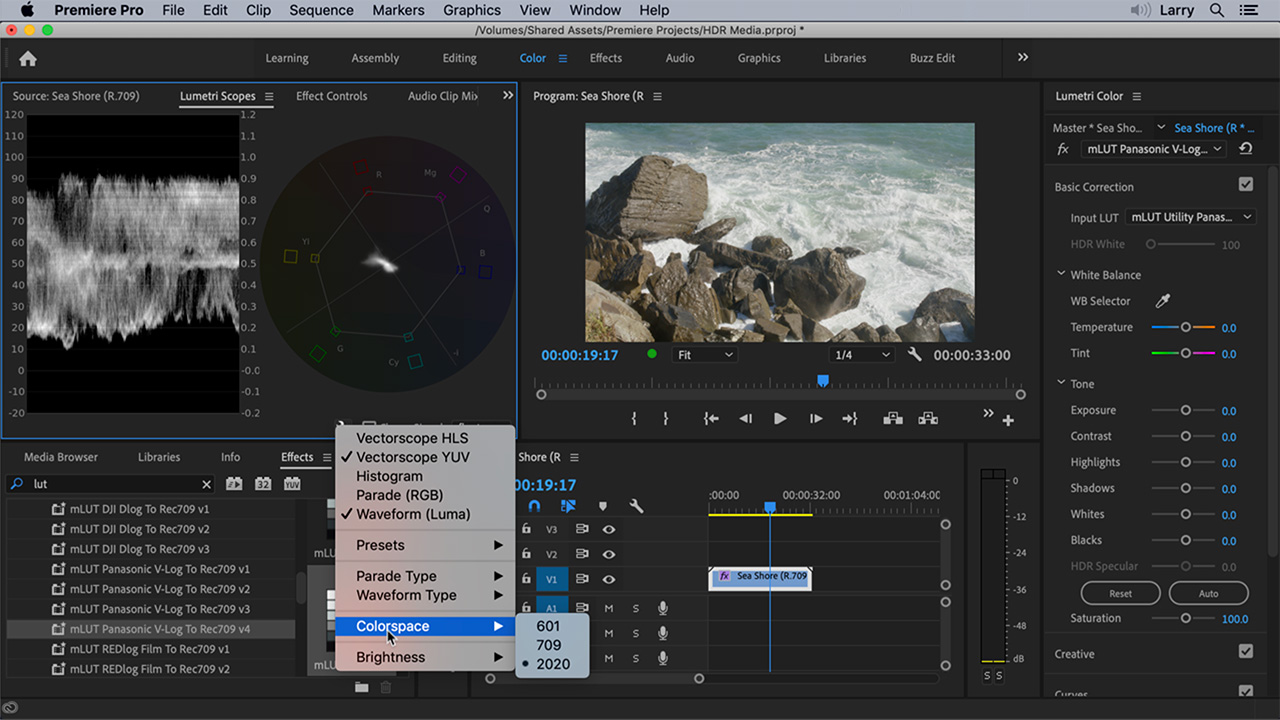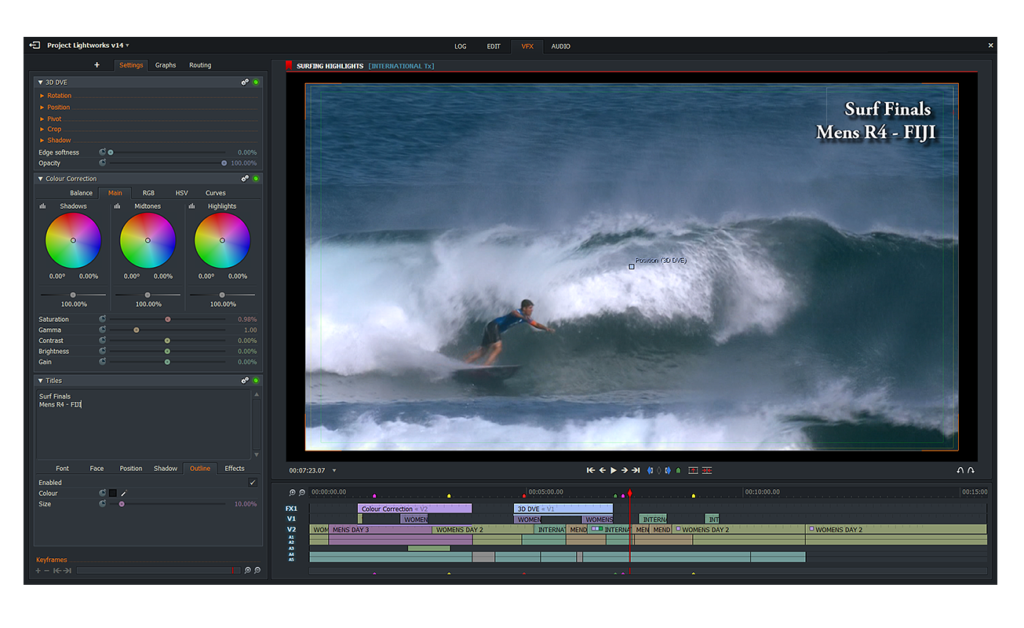
You can choose a yearly subscription which essentially grants you two free months. You can now find improved scopes (such as YCbCr for Create and Pro, and Split View and CIE solely for Pro), and end-to-end 10-bit support (a Pro-only feature).Ī very interesting inclusion for the Pro customers is Automated Quality Control, accessible directly from the editor which “allows you to meet all major international delivery requirements without requiring a video engineer or complicated external workflows.” This is clearly a useful tool for broadcast editors, and definitely offers a strong incentive to upgrade where you need such functionality.Ĭreate and Pro come as per user per month subscriptions. Some of the more recent improvements that come with either Create or Pro include being able to encode in ProRes, exporting to select cloud storage providers (currently Google Drive, Google Photos, Dropbox, OneDrive, Box, and pCloud). It’s an odd decision since most, if not all, of the video editors we’ve tested over the years offer full HD as a default. You’re still limited to 720p - 1080p is a paid-for option. Some of the ‘premium’ options may sound odd, especially when it comes to export. Yes, Lightworks is free - at least a version of it is - but if you want to take advantage of all the features this video editing software has to offer, you’ll need to pay for the privilege. In fact, a lot of the latest improvements only apply to the Create and Pro versions, so it’s worth mentioning them. Lightworks has a good range of effects, including three-way colour correction (Image credit: Future) From free to Pro


We’ve ranked the best video editing computers, if you need enhanced performance. Any version of Lightworks can decode all of these, leading to improved real-time editing not only on Macs, but also on Windows and Linux computers using such files. We can’t go back and check if this was the case back then, or if this is a new addition, but either way, adding clips on multiple layers is much easier than we’d initially thought, It could be easier still, as other video editors automatically shift the audio to the right location, but Lightworks’ method does offer you a little more flexibility, for more advanced users.Īn advantage that was introduced with the latest version (v2022), is support for Apple’s ProRes codecs, ranging from 422 Proxy right up to 4444 XQ.

Turns out, this can be done by dragging the mouse onto the desired audio layers. (Image credit: Future) EditingĬutting a film in Lightworks doesn’t appear to have changed since the 2020 version, although we feel we need to amend a statement we’d made last time: back then we were struggling to manage to add a video clip on a second layer, without it overwriting the audio laid out by clips on the first one. One great new addition is support for online media services when importing.


 0 kommentar(er)
0 kommentar(er)
